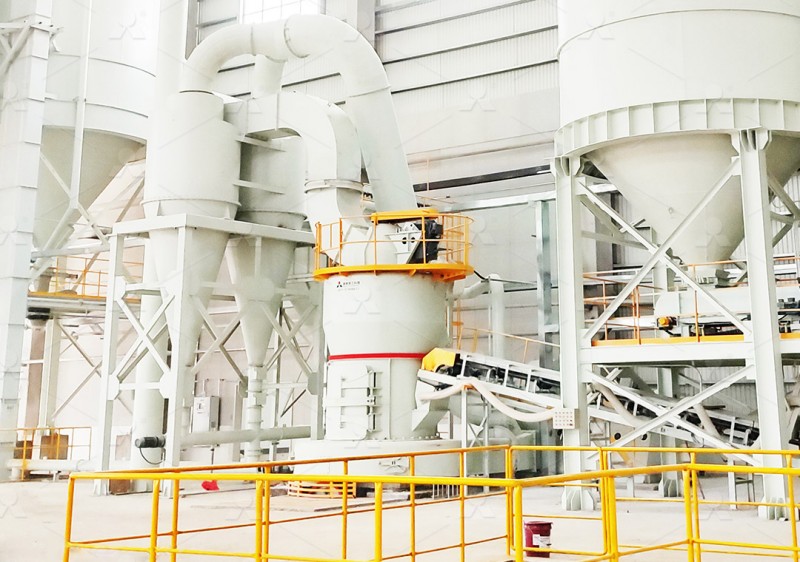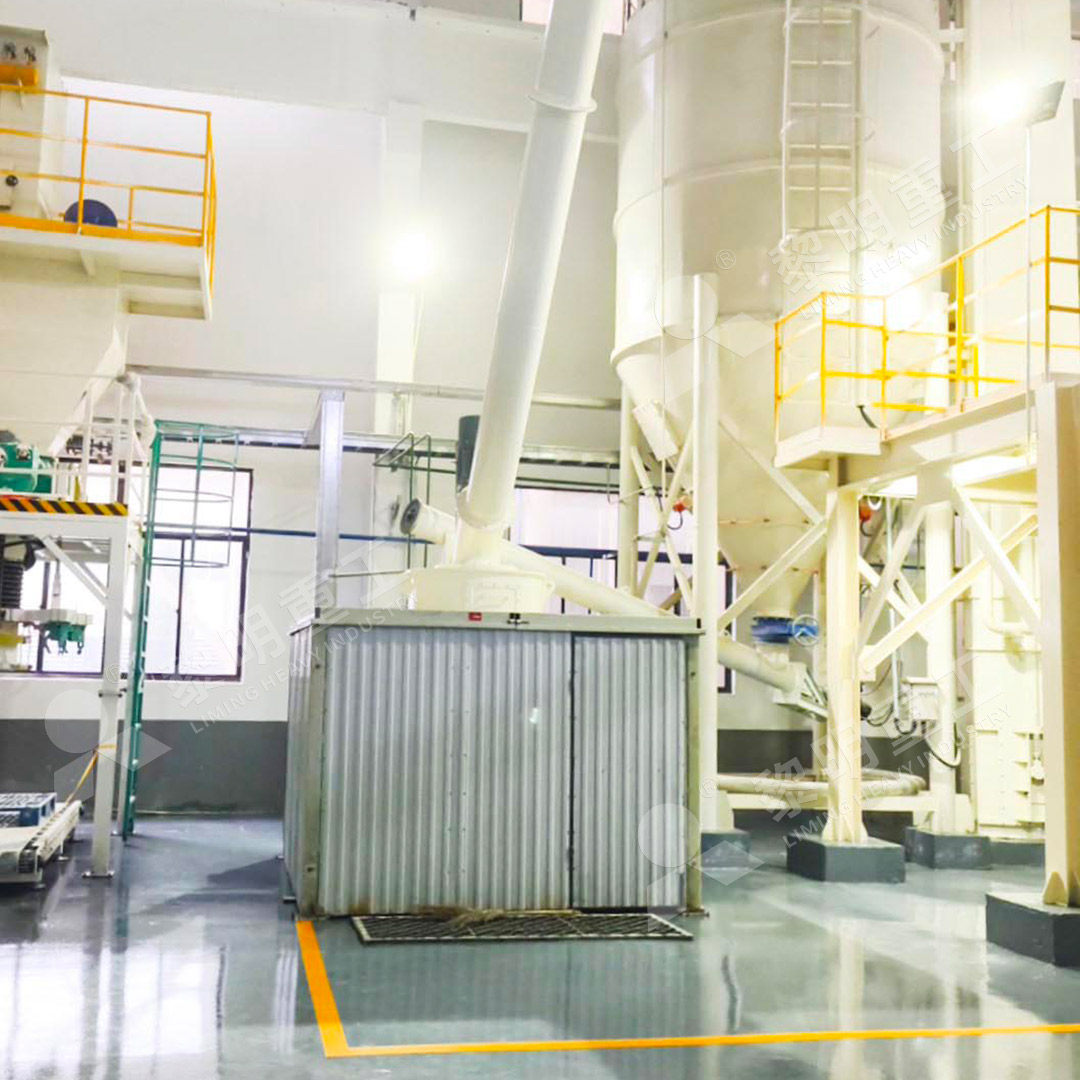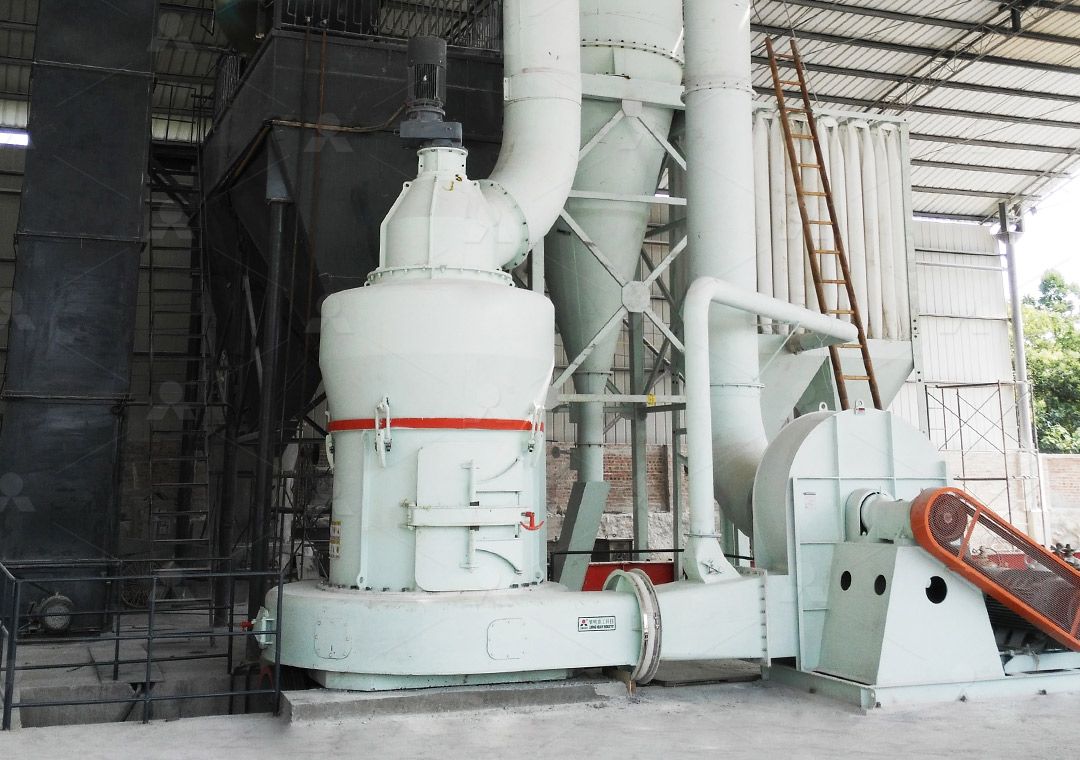Ultra Fine Grinding Mill for Efficient Coal Ash Processing and Utilization
Ultra Fine Grinding Mill for Efficient Coal Ash Processing and Utilization
Coal ash, a byproduct of coal combustion in thermal power plants, presents both environmental challenges and valuable opportunities for resource utilization. With millions of tons generated annually worldwide, effective processing of coal ash has become crucial for sustainable industrial practices. The transformation of this industrial residue into high-value applications requires advanced grinding technology capable of producing ultra-fine powders with precise particle size distribution.

The journey from raw coal ash to valuable industrial material begins with proper size reduction. Traditional grinding methods often fall short in achieving the fineness required for high-value applications while maintaining energy efficiency. This is where advanced ultra-fine grinding technology demonstrates its superiority, offering precise control over particle size distribution and significantly reducing energy consumption compared to conventional approaches.
Technical Challenges in Coal Ash Processing
Processing coal ash presents unique technical challenges that demand specialized equipment. The abrasive nature of the material, varying moisture content, and the requirement for consistent particle size distribution necessitate robust and precise grinding solutions. Additionally, environmental considerations require dust-free operation and minimal noise pollution, making integrated dust collection systems essential components of modern grinding installations.
For operations requiring throughput between 0.5 to 25 tons per hour with feed sizes up to 20mm, the MW Ultrafine Grinding Mill represents an optimal solution. This advanced mill system incorporates German cage-type powder selector technology, enabling precise fineness adjustment between 325-2500 meshes while achieving remarkable screening efficiency of d97≤5μm in a single pass. The innovative design eliminates rolling bearings and screws within the grinding chamber, significantly reducing maintenance concerns and potential points of failure.

Advanced Features for Superior Performance
Modern ultra-fine grinding mills incorporate several technological advancements that set them apart from conventional equipment. The integration of efficient pulse dust collectors and mufflers ensures environmentally responsible operation, while newly designed grinding curves for rollers and rings enhance grinding efficiency substantially. Comparative performance data indicates that these advanced mills can achieve production capacities 40% higher than jet grinding mills and double the output of traditional ball mills, all while consuming only 30% of the energy required by jet milling systems.
Another notable solution for operations with slightly different requirements is the LUM Ultrafine Vertical Grinding Mill, which processes materials up to 10mm at capacities ranging from 5-18 tph. This mill integrates the latest Taiwanese grinding roller technology with German powder separating technology, featuring unique roller shell and lining plate grinding curves that facilitate material layer formation and high finished product rates through single-pass milling.
Applications of Processed Coal Ash
Properly processed ultra-fine coal ash finds applications across numerous industries. In construction, it serves as a valuable pozzolanic material in concrete production, enhancing strength and durability while reducing cement requirements. The chemical industry utilizes finely ground coal ash in various compounds, while the paint and coatings sector values its consistent particle size for product formulation. Additional applications include use in cosmetics, medicine, and food additives, where purity and precise particle size are critical quality parameters.

The economic and environmental benefits of proper coal ash utilization are substantial. By transforming waste into valuable raw materials, industries can reduce disposal costs, minimize environmental impact, and create new revenue streams. The return on investment for advanced grinding equipment is often realized within surprisingly short timeframes, particularly when considering the combined savings from reduced energy consumption, lower maintenance costs, and the premium pricing achievable for high-quality processed materials.
Frequently Asked Questions
What particle size range can be achieved with modern ultra-fine grinding mills?
Advanced systems like the MW Ultrafine Grinding Mill can produce powders ranging from 325 to 2500 meshes, with screening efficiency achieving d97≤5μm in a single operation.
How does the energy consumption compare to traditional grinding methods?
Modern ultra-fine grinding mills typically consume only 30% of the energy required by jet grinding mills and offer 40% higher production capacity than conventional systems while delivering twice the output of traditional ball mills.
What maintenance advantages do these systems offer?
The absence of rolling bearings and screws in the grinding chamber eliminates common failure points, while external lubrication systems enable maintenance without production shutdowns, supporting continuous 24-hour operation.
How do these systems address environmental concerns?
Integrated pulse dust collectors ensure dust-free operation, while silencers and noise elimination rooms reduce acoustic pollution, ensuring compliance with stringent environmental protection standards.
What production capacities are available?
Systems are available in various configurations, with the MW Ultrafine Grinding Mill handling 0.5-25 tph and the LUM Ultrafine Vertical Grinding Mill processing 5-18 tph, allowing operations to select equipment matching their specific production requirements.
